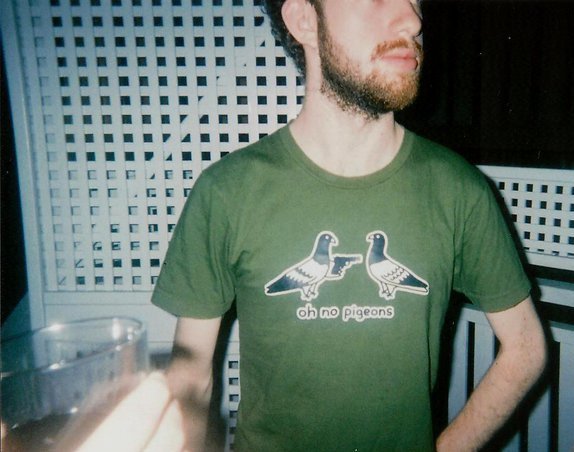Here is another writing update to keep this blog kicking.
This past month I started a new column at Gameranx called "A Sum of Parts" where I am spending an entire month and four articles dissecting and examining a single game. The point of it is not necessarily to say something more profound about the game as a whole, but to draw more attention to the 'bits' that make that whole work. To get things rolling this month I started with Driver: San Francisco. There is so much I wanted (and still want) to say about this fabulous game that it was a privilege to have the chance to get those thoughts down somewhere.
To start with, I flipped my old Unwinnable piece to say that not only are videogame worlds dreamlike, but dreamworlds are gamelike, and I discussed how Tanner always constructs goals for himself that he can only achieve through less efficient means. Second, I looked at one of Driver SF's more interesting and bizarre missions: the second-person challenge where you are following the car you are controlling, and looked at what that says about the player-character relationship. Third, I looked at the reoccurring motif in the game of the media influencing Tanner's thoughts and the design of the game, most noticeably through the phrase "Eyes on the city". And, finally, I looked at what Janet H Murray called "actively creating belief". I think it is a really powerful concept for understand how videogames are interpreted more broadly, and I tried to explore it through the ways both Tanner and the player convince themselves that Tanner's dreamworld is 'real'.
So that's it for Driver SF writing from me for a while. If you have been reading that series, I'd love to hear your feedback, be it positive or negative. Anything you would like to see me do differently with future games?
In other writing, a couple of pieces I have floating around the quaint old world of print media have found their way online. There's this review of Lone Survivor from PC Powerplay, and this studio profile of Supergiant Games (of Bastion fame) from Edge that I wrote after visiting the studio during GDC.
In addition to that, my regular Unwinnable writing (including this article about playing with TVs) is still happening, as is my "You Know What I Love?" column at Games On Net (this month I wrote about diegetic HUDS and songs).
Finally, if you follow me on Twitter, you may be aware that I have been enamoured by a certain Spec Ops: The Line game, and you might be wondering why I haven't written anything about it yet. The Line is one of those games that speaks so well for itself, as a critic I am not too sure what else there is to say about it. Sure, I could write an article about what it means to be able to see Walker's face reflected on a targeting computer, but you already know what it means. It's not because the game is blunt with its message; it is because the game is so good at saying exactly what it is trying to say, so what do you need me for? So, that is why I am yet to write any articles about it. The most interesting articles about The Line have, in fact, been the pieces that are highly negative of the game, because they are saying something the game isn't saying (even if I disagree with the vast majority of them). So writing positive criticism of the game and its themes has been a challenge for me. There is just so much to say but nothing that the game didn't say for itself.
So instead of writing an article or two exploring The Line's already well explored themes, I am experimenting with writing a much longer... thing. I am doing what I am tentatively calling "a critical reading" of The Line where I am writing my way through the game, chapter by chapter, scene by scene (I even more tentatively thought about calling it "embedded New Games Journalism but yeah, no). It isn't simply a walkthrough and it isn't simply lip-service fan-fiction (Christ, I hope it isn't, at least). Instead, it is starting with the themes that the game is exploring, and going through the game with a pair of tweezers and a magnifying glass to look at how everything in the game contributes to that theme. I'm not writing about what The Line means (though that is certainly a part of it) so much as how it means.
It's going to be long; I'm currently averaging about 2000 words a chapter. Too long for an article, or even a series of articles. Instead, I am planning on putting it together as an e-book and perhaps selling it online for a few dollars a piece. Maybe through MagNation or something similar. I don't know the first thing about doing this, but we'll see how it goes. And, if it is successful, critical readings of games (or whatever I decide to call this) might be something I do more often in the future. We'll see! But yes, that is where all my The Line writing is going, and hopefully you can expect to see that surface towards the end of this month. Hopefully. In the meantime, I will still be around the internet, doing what I do.






6 comments:
I think it will improve the value of my website.
It is the little changes that produce the biggest changes.
That’s good articles also these teachers amazing, thanks for that quality articles.
This is my first time i visit here.
"The content of your post is awesome" Great work!
This article is very nice as well as very informative.
Post a Comment